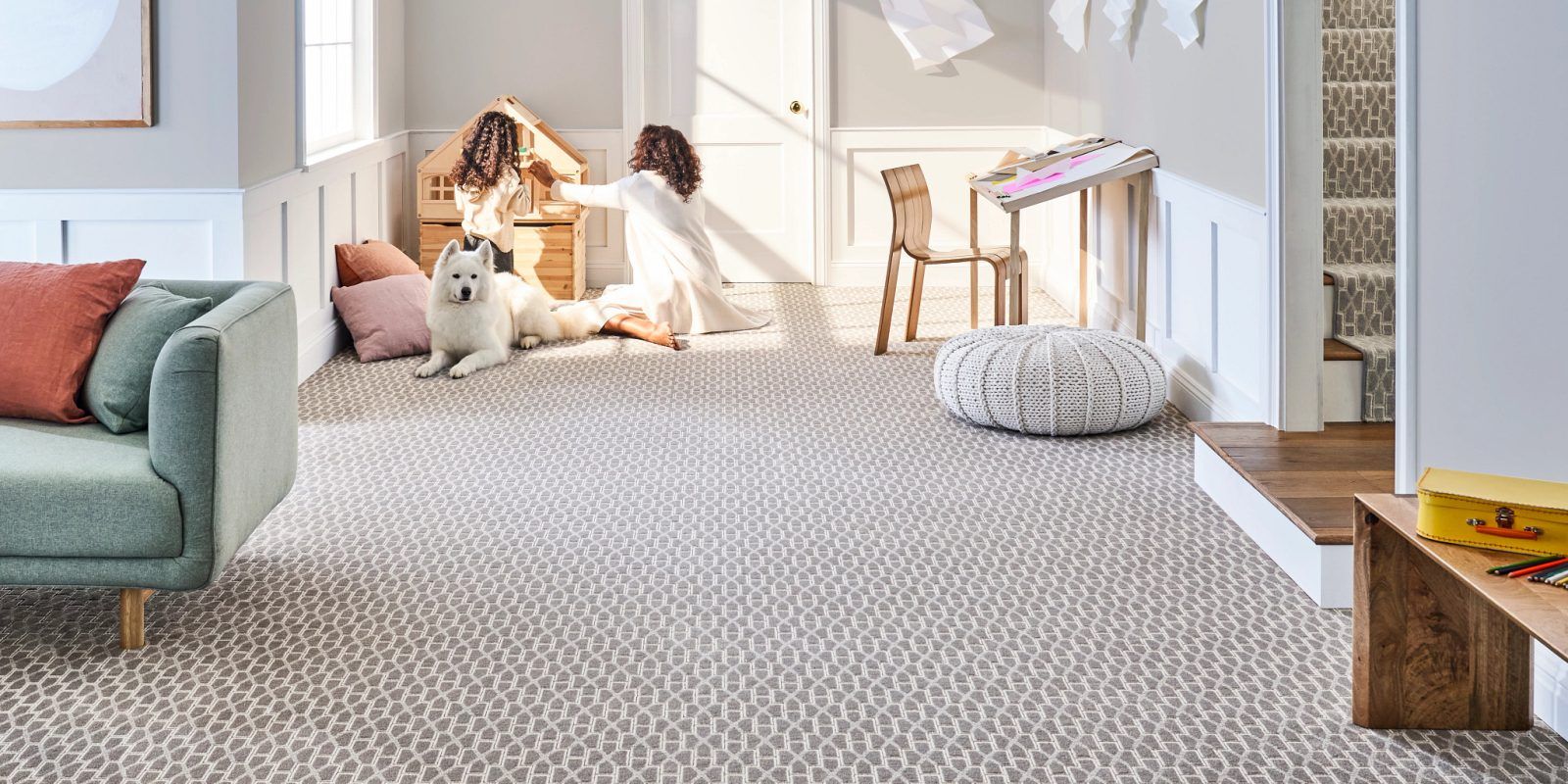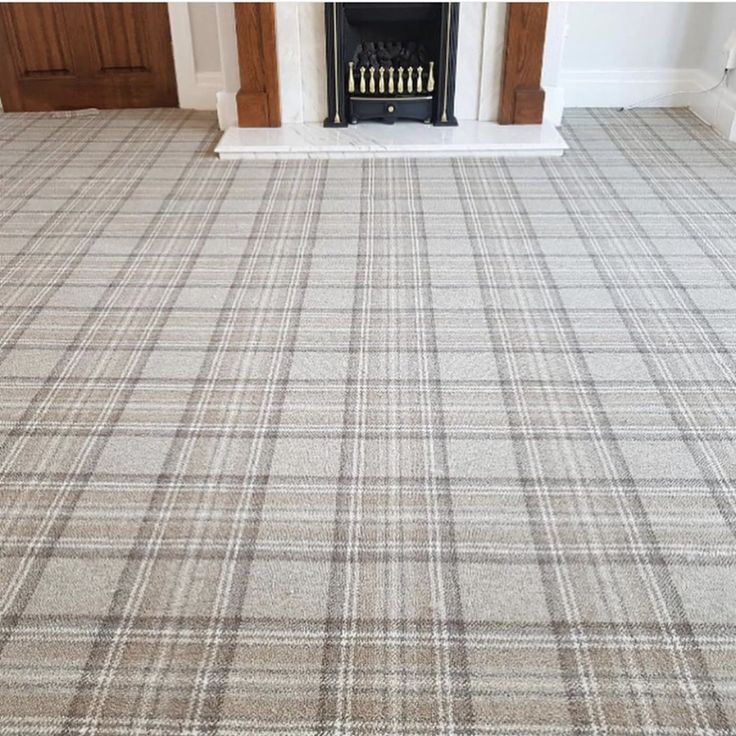Concrete Polishing
We at Phoenix Flooring Company specialize in high-quality concrete polishing services that bring out the natural beauty of your floors while making them more functional. Our polished concrete floor systems offer a seamless, continuous finish that's both attractive and long-lasting.
Our team has over 15 years of experience in concrete polishing, staining, and grinding. We understand that your floors are an important part of your space, whether it's a home, office, or commercial building. That's why we use professional techniques and equipment to create floors that resist stains, reduce dust, and require minimal maintenance.
We take pride in offering affordable concrete polishing solutions without compromising on quality. Our process enhances the strength of your existing concrete while giving it a glossy, reflective surface that brightens up any room. Call us today at 602-899-6013 to learn how we can transform your concrete floors into something special.
What Is Concrete Polishing?
Concrete polishing is a mechanical process that uses specialized grinding equipment to smooth and refine concrete surfaces. We start by stripping the concrete down to its core slab, removing any existing flooring and adhesives that might interfere with the process.
The polishing occurs in multiple stages, beginning with coarse diamond grits and progressing to finer ones. Each stage increases the smoothness and gloss level of the surface.
Water is often sprayed during the grinding process to prevent diamond burnout and ensure optimal results. When diamonds overheat, we lower the machine speed and add water to preserve the equipment.
The entire procedure requires skilled technicians who understand how to achieve the desired level of shine and texture. At Phoenix Flooring Company, our 9+ years of experience ensures professional results every time.

Benefits of Polished Concrete Floors
- Durability: Polished concrete floors resist wear from heavy foot traffic and equipment. They last for decades with minimal maintenance, making them cost-effective over time.
- Easy Maintenance: These floors require simple cleaning with a dust mop and occasional damp mopping. No waxing or special coatings are needed to maintain their shine.
- Improved Appearance: The polishing process reveals the natural beauty of concrete. The finished surface has a sleek, professional look that enhances any space.
- Eco-Friendly Option: Polished concrete utilizes the existing slab rather than adding new materials. This reduces waste and environmental impact.
- Cost Savings: Energy efficiency improves as polished floors reflect light better, potentially reducing lighting costs. Their long lifespan also eliminates frequent replacement expenses.

Custom Solutions for Various Settings
We understand that each space has unique requirements based on foot traffic, aesthetic goals, and functional needs
Residential Applications
Our polished concrete floors turn homes with sleek, modern surfaces that complement any décor style. We offer various finish levels from satin to high-gloss depending on your preference.
Homeowners appreciate the low maintenance and durability of our polished concrete. These floors resist stains from spills and everyday household activities.
For homes with pets or children, our sealed polished concrete provides an easy-to-clean surface that doesn't harbor allergens or dust mites.
Commercial Facilities
Retail stores, restaurants, and offices benefit from our commercial-grade polished concrete that withstands constant foot traffic. We schedule installation to minimize business disruption.
The high light reflectivity of our polished surfaces creates brighter interiors, potentially reducing lighting costs. This clean, professional appearance impresses customers and clients alike.
Our commercial solutions provide excellent value through extended floor lifespan and reduced maintenance expenses. Many businesses choose our services for their sustainability benefits and low lifetime cost.
Industrial and Warehouse Spaces
Industrial environments demand exceptionally durable flooring. Our industrial-grade concrete polishing creates surfaces that resist heavy machinery, chemical spills, and constant use.
Warehouse managers value our floors for their ability to reduce tire wear on equipment and minimize concrete dusting that can damage inventory or machinery.
We understand industrial timelines and can phase work around your schedule to keep operations running. Our team has experience working in active facilities without compromising safety or quality.
Concrete Polishing Process
Our process combines technical expertise with quality materials to deliver floors that meet the highest standards.

1. Floor Assessment and Preparation
We begin every project with a thorough assessment of your existing concrete floor. Our team examines the surface for cracks, stains, and uneven areas that might affect the final polish. We use specialized equipment to measure concrete density and hardness, which helps us determine the appropriate polishing approach.
2. Grinding and Honing Methodology
Our grinding process starts with coarse diamond abrasives to remove major imperfections and level the concrete surface. We typically begin with 30-grit or 50-grit diamonds, depending on floor conditions. We follow a methodical multi-step approach:
3. Polishing and Finishing
After honing, we transition to the polishing phase using diamond pads with 1500 to 3000 grit. This creates the signature shine that polished concrete is known for. The level of shine can be customized from satin to high-gloss based on your preference.
4. Quality Assurance Protocols
Every polished floor undergoes rigorous quality checks throughout the process. We measure gloss levels using a reflectivity meter to ensure we achieve the specified finish consistently across the entire surface.
5. After Service Support and Warranty
We prioritize customer satisfaction long after project completion. Our dedicated support team responds to questions and concerns within 24 hours by phone or email.
Maintenance and Longevity
Our floors require minimal upkeep compared to other flooring options while retaining their shine and functionality for many years.
Routine Maintenance Tips
- Daily Care - Sweep with a soft-bristled broom or microfiber mop to prevent scratches from dirt and debris.
- Regular Cleaning - Damp mop with pH-neutral cleaner once or twice weekly, depending on traffic levels.
- Protection Practices:
- Avoid acidic or harsh chemical cleaners that can damage the polished surface
- Clean spills promptly, especially acidic substances like wine or citrus juice
- Place protective pads under furniture legs to prevent scratches
- Use entrance mats at doorways to reduce dirt and moisture tracked inside
- Commercial Spaces - Implement more frequent cleaning for areas with heavy foot traffic.
Long-Term Floor Care Strategies
Professional Resealing - Schedule every 2-3 years to maintain optimal protection and shine, with frequency depending on traffic levels and exposure conditions.
Performance Indicators - Apply fresh concrete sealer when floors become more susceptible to staining or lose their luster.
Commercial Maintenance Plans:
- Quarterly maintenance assessments recommended for commercial spaces
- Proactive approach extends floor life significantly
- Maintenance packages available including deep cleaning and resealing services
Proper Equipment - Use soft scrubber pads and microfiber cleaning tools; avoid abrasive tools or steel wool that can scratch the polished surface.
Longevity - With proper care, polished concrete floors maintain beauty and functionality for 20+ years, providing a cost-effective flooring solution.
FAQs on Concrete Polishing
We've compiled the most common questions our customers ask about concrete polishing services. These cover everything from our quality assurance practices to maintenance recommendations for your newly polished floors.
What is concrete polishing and how does it differ from other flooring options?
Concrete polishing is a multi-step process that transforms ordinary concrete into a smooth, high-shine surface using specialized grinding equipment and diamond abrasives. Unlike coating systems like epoxy, polished concrete is not a topical treatment but rather a mechanical refinement of the existing concrete surface.
The process involves progressively finer diamond abrasives to grind, harden, and polish the concrete to the desired sheen level, ranging from matte to high-gloss. Polished concrete utilizes the existing substrate, making it an environmentally friendly option that eliminates the need for additional covering materials.
What level of shine can I achieve with polished concrete?
Polished concrete shine levels are measured on a scale that typically ranges from 1 (low sheen/matte finish) to 4 (high gloss/mirror-like finish). Level 1 provides a flat, low-sheen appearance that offers slip resistance while still being dust-proof and easy to clean. Level 2 delivers a satin sheen with slight light reflectivity, often preferred for manufacturing areas with moderate traffic.
Level 3 provides a semi-gloss finish with significant light reflectivity, balancing aesthetics with practicality for showrooms and retail environments. Level 4 offers a high-gloss, mirror-like finish with maximum light reflectivity, typically selected for high-end commercial spaces or showcase areas.
How much does concrete polishing cost compared to other industrial flooring options?
Concrete polishing typically costs between $3-$8 per square foot depending on the existing concrete condition, level of shine desired, and any decorative elements added. While this initial investment is comparable to basic epoxy systems, polished concrete offers significantly lower lifetime costs due to its extended lifespan and minimal maintenance requirements.
Factors that influence pricing include floor repair needs (filling cracks or holes), the number of grinding steps required to achieve the desired finish, and any decorative elements like staining or aggregates. The return on investment is typically realized within 3-5 years through reduced maintenance costs, extended longevity, and potential energy savings from improved light reflectivity.
